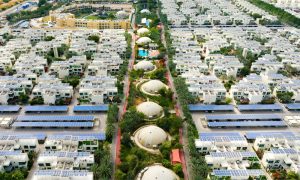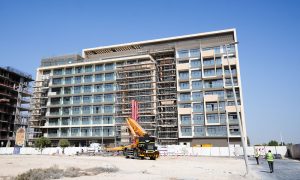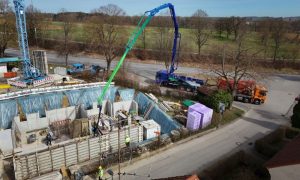Earthquake resistance mandatory for all new Saudi residential buildings
The ministry said it is keen to ensure and enforce the construction of quake-resistant, sustainable and safer buildings

Saudi Arabia’s Municipal, Rural Affairs and Housing Ministry has announced that all new residential buildings across the Kingdom will only receive approval if they include earthquake resistant designs.
The new instructions were issued by the ministry to its affiliated agencies and engineering offices for new residential buildings in various regions and governorates across the country, it has been reported.
The ministry said it is keen to ensure and enforce the construction of quake-resistant, sustainable and safer buildings, adding that the move is in line with the implementation of the Saudi Building Code and its amendment through two royal decrees.
In early October 2022, the DGDA and NHC said they would collaborate on mutual areas that serve the housing sector and, in early November 2022, Dar Al Arkan said it completed Saudi Arabia’s first 3DCP villa.

Moreover, the ministry has now included these specific amendments for earthquake resistance within the new Saudi Building Code Application Law.
Typically, the phrase ‘earthquake resistance design’ has referred to the use of a stronger core framework for the building – extending vertically and horizontally from floor-to-floor, as well as deeper and stronger foundations on any property exceeding four floors in height.
The more advanced use of insulated foundations, ‘floating’ in a gimble-type design, is typically only used for skyscrapers, but there is ongoing debate in the Kingdom – and elsewhere in the GCC – that it should become mandatory for all new properties with a height exceeding 150m.
In mid February 2023, Doosan Bobcat said it would provide $1mn worth of equipment to help earthquake relief efforts.






















